Author: Martin Keen
Bred in the 1970’s and released in the 1990’s, CTZ was initially marketed as a high alpha variety with solid bittering potential, though it quickly came to be known as a decent dual-purpose variety with the ability to impart beers with a pleasant blend of earthy, spicy, and dank fruity characteristics. CTZ refers to Columbus, Tomahawk, and Zeus, which are trade names given to the same hop variety that was grown by three different private corporations. While lab data indicates Zeus hops are genetically distinct from Columbus and Tomahawk, the colloquial use of CTZ has remained.

Alpha: 14 – 16%
Beta: 4.5 – 5.0%
Cohumulone: 28 – 32% of alpha acids
Total Oil: 2.5 – 3.5 mL/100g
Myrcene: 50 – 60%
Humulene: 12 – 18%
Caryophyllene: 9 – 11%
Farnesene: <1%
Linalool: 0.4 – 0.6%
ß-Pinene: 0.6 – 1%
Geraniol: 0.2 – 0.5%
Parentage: daughter of Nugget
I’ve used CTZ many times over the years in more hop-forward ales like American Pale Ale and IPA, in part because of its higher alpha acid content, but also because of the characteristics it’s known to impart. I was curious how this variety would work in a more subtly hopped beer, so I brewed up a single-hop pale lager and served it to blind tasters for evaluation.
| MAKING THE BEER |
I started with our standard Hop Chronicles pale lager recipe and made minor adjustments to the hop schedule to ensure a proper level of bitterness.
CTZ Pale Lager
Recipe Details
| Batch Size | Boil Time | IBU | SRM | Est. OG | Est. FG | ABV |
|---|---|---|---|---|---|---|
| 5.1 gal | 60 min | 20 | 4.4 SRM | 1.05 | 1.012 | 4.99 % |
| Actuals | 1.05 | 1.012 | 4.99 % | |||
Fermentables
| Name | Amount | % |
|---|---|---|
| Modern Pilsner | 10.5 lbs | 100 |
Hops
| Name | Amount | Time | Use | Form | Alpha % |
|---|---|---|---|---|---|
| Columbus/Tomahawk/Zeus (CTZ) | 10 g | 30 min | Boil | Pellet | 14.9 |
| Columbus/Tomahawk/Zeus (CTZ) | 10 g | 5 min | Boil | Pellet | 14.9 |
Yeast
| Name | Lab | Attenuation | Temperature |
|---|---|---|---|
| Global (L13) | Imperial Yeast | 77% | 46°F - 55.9°F |
Notes
| Water Profile: Ca 63 | Mg 0 | Na 8 | SO4 78 | Cl 54 |
Download
| Download this recipe's BeerXML file |
After collecting the full volume of water, adjusting it to my desired profile, and getting it heating up, I weighed out and milled the grain.
When the water was properly heated, I incorporated the grains and set the controller to maintain my desired mash temperature.
Next, I prepared the kettle hop additions.
Once the 60 minute mash was complete, I removed the grains and proceeded to boil for 60 minutes, adding hops at the times stated in the recipe.
When the boil was complete, I used my Exchilerator Maxx CFC to quickly chill the wort.
A refractometer reading showed the wort was at my target OG.
After transferring the wort to a sanitized fermented, I direct pitched a single pouch of Imperial Yeast L13 Global.
The beer was left to ferment at 64°F/18°C for 3 weeks before I took a hydrometer measurement confirming it was at my target 1.012 FG, at which point I dropped the temperature for cold-crashing. The following day, I pressure-transferred the beer to a CO2 purged keg and placed it in my keezer where it was burst carbonated overnight before the gas was reduced to serving pressure. After a week of conditioning, it was ready to serve to blind tasters.
| METHOD |
Participants were instructed to focus only on the aromatic qualities of the beer before evaluating the flavor. For each aroma and flavor descriptor, tasters were asked to write-in the perceived strength of that particular characteristic on a 0-9 scale where a rating of 0 meant they did not perceive the character at all and a 9 rating meant the character was extremely strong. Once the data was collected, the average rating of each aroma and flavor descriptor was compiled and analyzed.
| RESULTS |
A total of 20 people participated in the evaluation of this beer, all blind to the hop variety used until after they completed the survey. The average aroma and flavor ratings for each descriptor were plotted on a radar graph.
Average Ratings of Aroma and Flavor Perceptions
The 3 characteristics endorsed as being most prominent by participants:
| Aroma | Flavor |
| Tropical Fruit | Tropical Fruit |
| Citrus | Apple/Pear |
| Apple/Pear | Citrus |
The 3 characteristics endorsed as being least prominent by participants:
| Aroma | Flavor |
| Onion/Garlic | Onion/Garlic |
| Dank/Catty | Dank/Catty |
| Earthy/Woody | Earthy/Woody |
Next, participants were asked to rate the pungency/strength of the hop.
Tasters were then instructed to identify beer styles they thought the hop would work well in.
Finally, participants were asked to rate how much they enjoyed the hop character on a 1 to 10 scale.
My Impressions: While I perceived the overall hop character in this beer as being pretty low, I did pick up subtle notes of citrus and tropical fruit. Considering the simplicity of this pale lager, I was pleased with how easy-drinking it was.
| CONCLUSION |
Given its high alpha acid content and more fruity characteristics, CTZ is a variety commonly associated with modern American hoppy ales where it’s often used with a fairly heavy hand. While pale lager can easily be overwhelmed by bitterness and pungent hop notes, using it in smaller proportions has been said to produce a uniquely flavored beer..
The most prominent characteristics noted by tasters of a pale lager hopped solely with CTZ were tropical fruit, citrus, and apple/pear, while less desirable notes of onion/garlic, dank/catty, and earthy woody were among the lowest rated descriptors. Curiously, with more heavy usage, CTZ is known for imparting a danky character to beer, though lower usage appears to have a muting effect. A majority of tasters felt the hop pungency in this beer was mild, which is likely a function of the lower hopping rate, and most felt it would work equally as well in a pale lager as in an IPA/APA.
In terms of preference, tasters rated this beer was being moderately enjoyable, which I feel is more a function of generally lower hopping rate than it is the actual hop characteristics. Considering the high alpha acid in CTZ, I was forced to use a relatively small amount of hops overall in order to keep the bitterness in check, and as refreshing as this simple pale lager was, it was certainly lacking a bit in the hop department. At this point, I’ll likely stick with using CTZ in more assertive hoppy beers, though I’d be interested to see how it works when used later in the process for a more delicate pale lager, perhaps as a single flameout addition.
CTZ hops are available now at Yakima Valley Hops, get some while you can! If you have any thoughts on this variety, please feel free to share them in the comments section below.
Support Brülosophy In Style!
All designs are available in various colors and sizes on Amazon!
Follow Brülosophy on:
FACEBOOK | TWITTER | INSTAGRAM
If you enjoy this stuff and feel compelled to support Brulosophy.com, please check out the Support page for details on how you can very easily do so. Thanks!


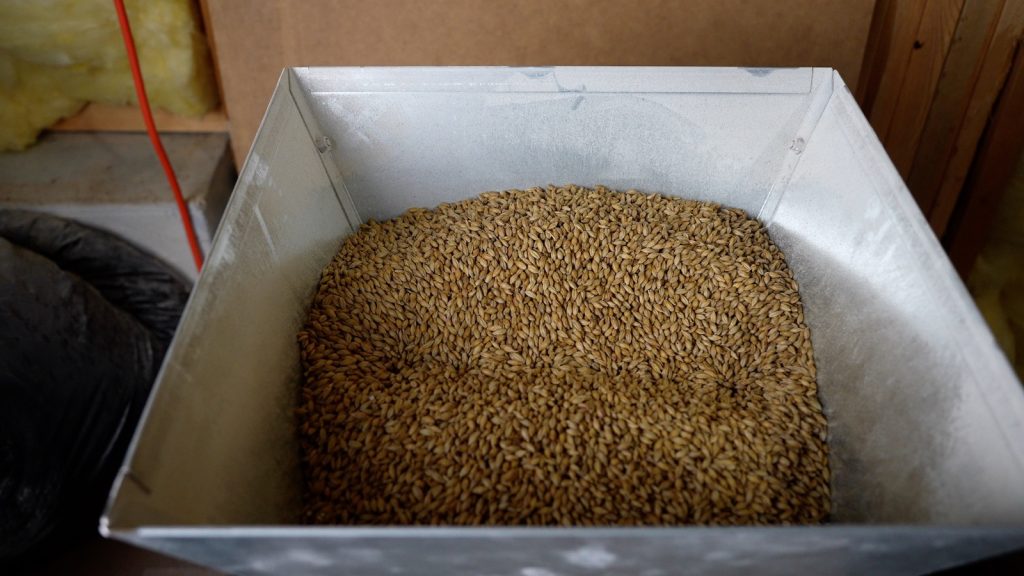
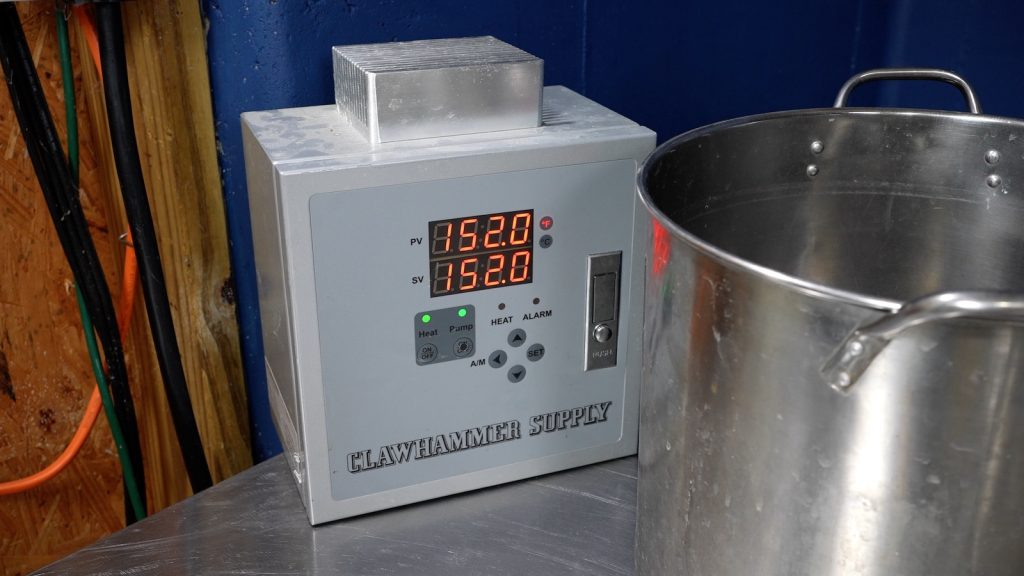
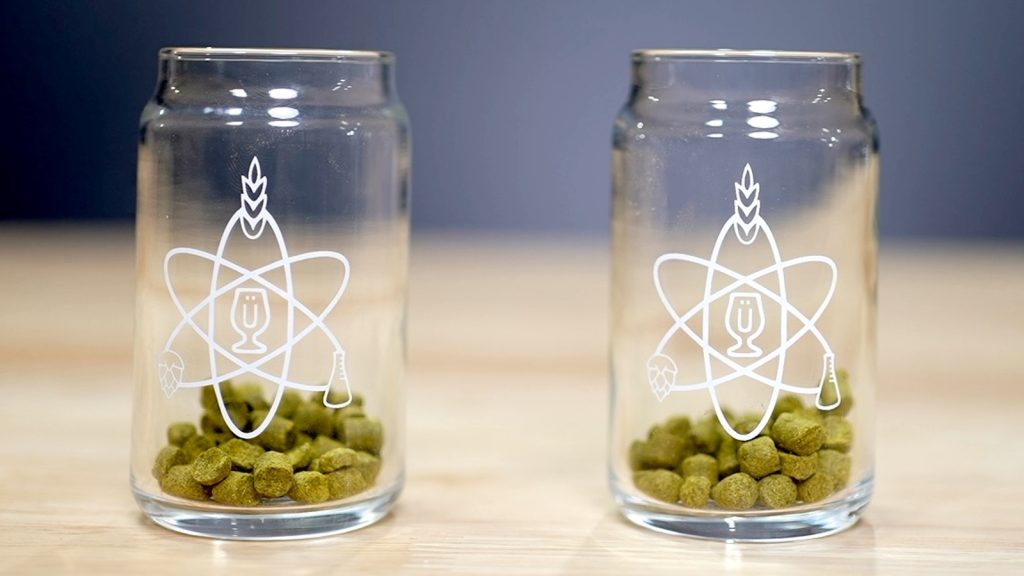
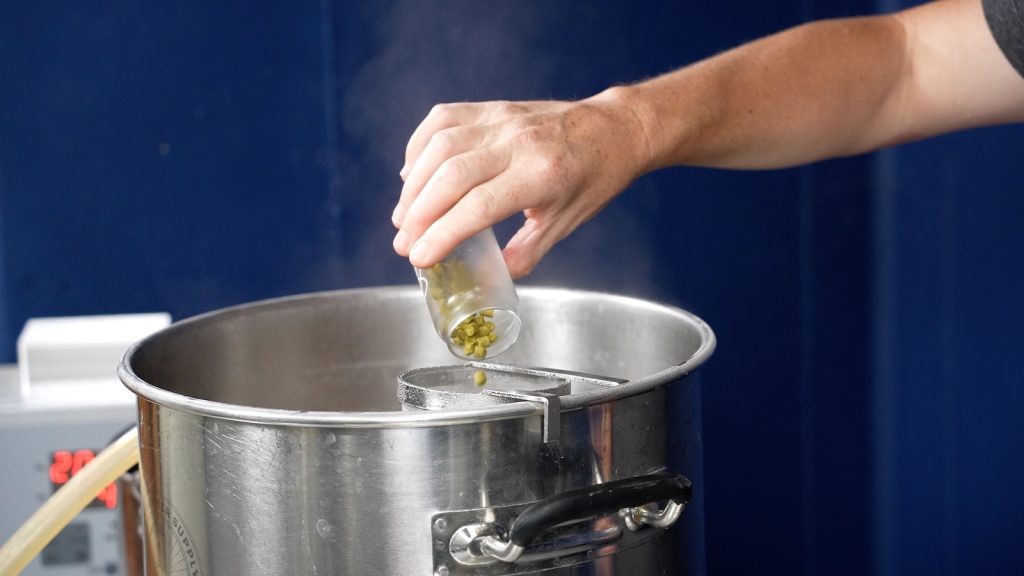
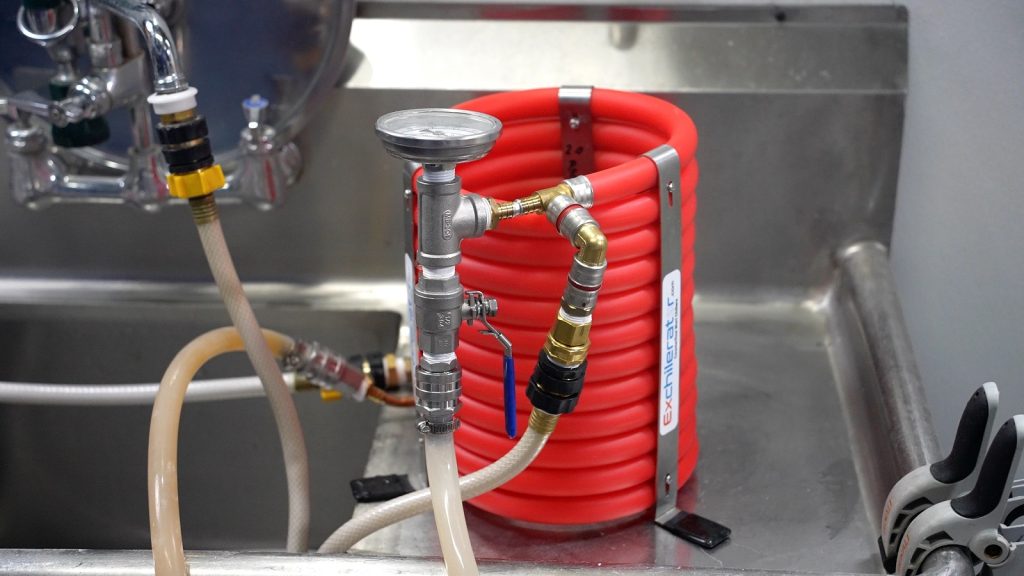
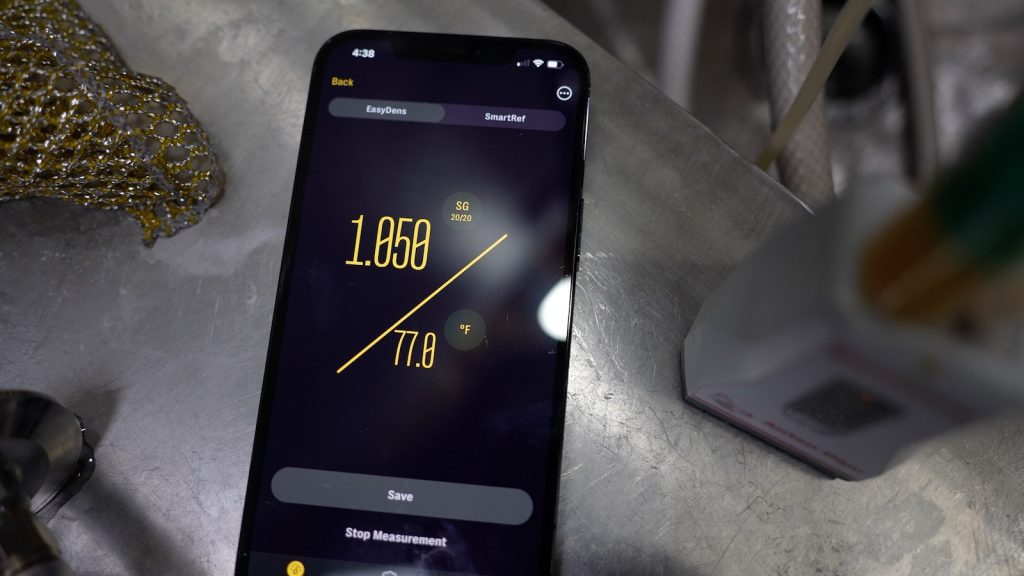
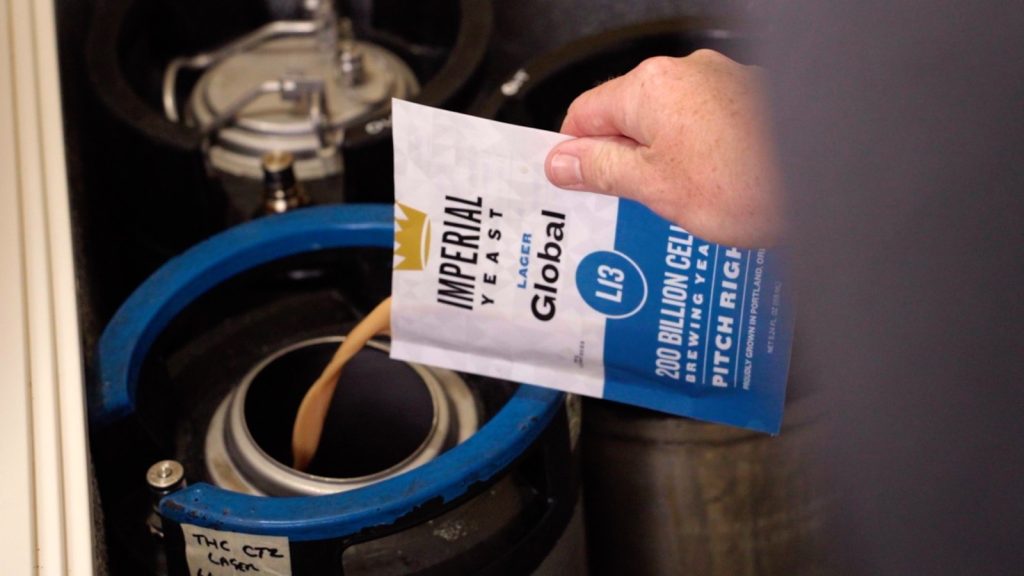
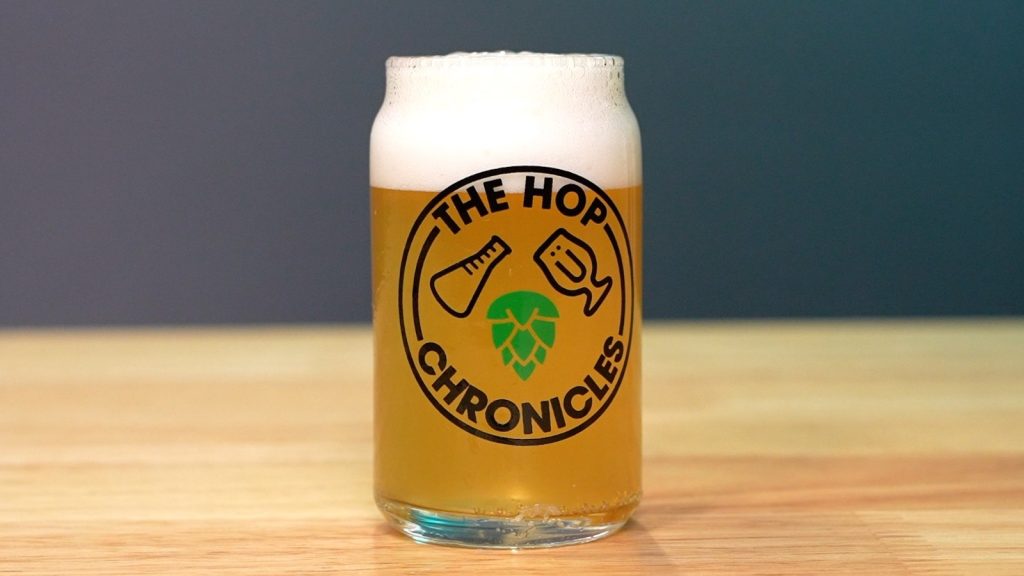

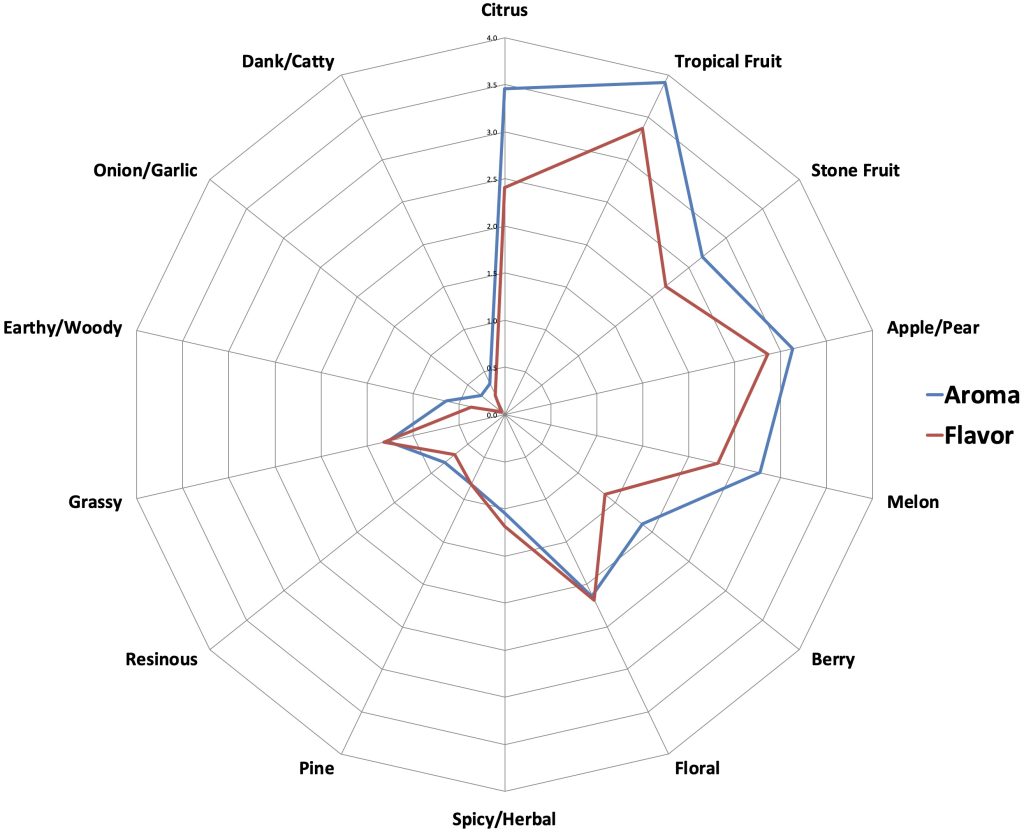
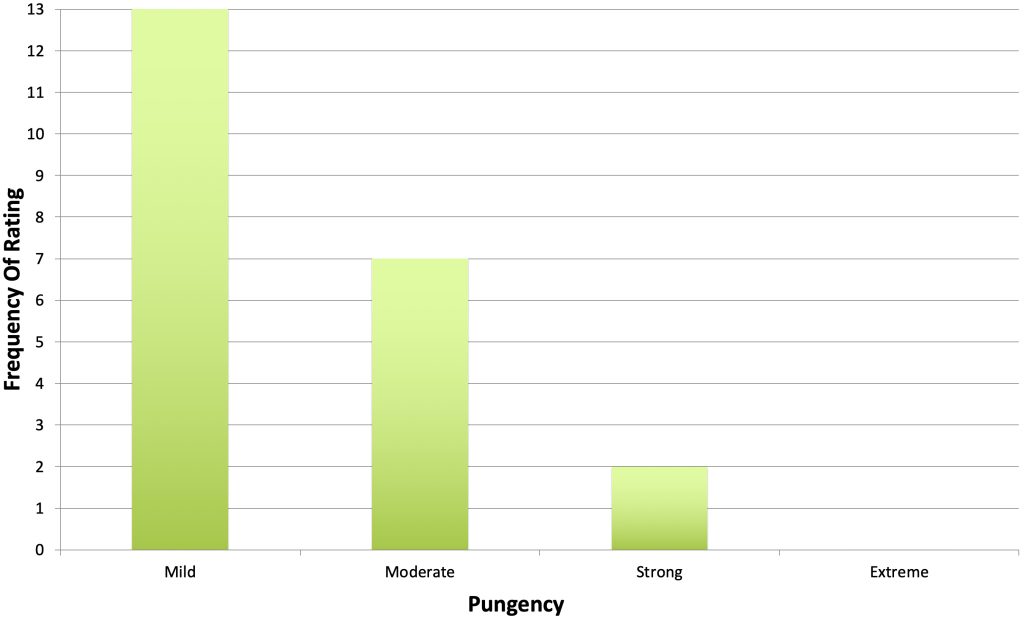
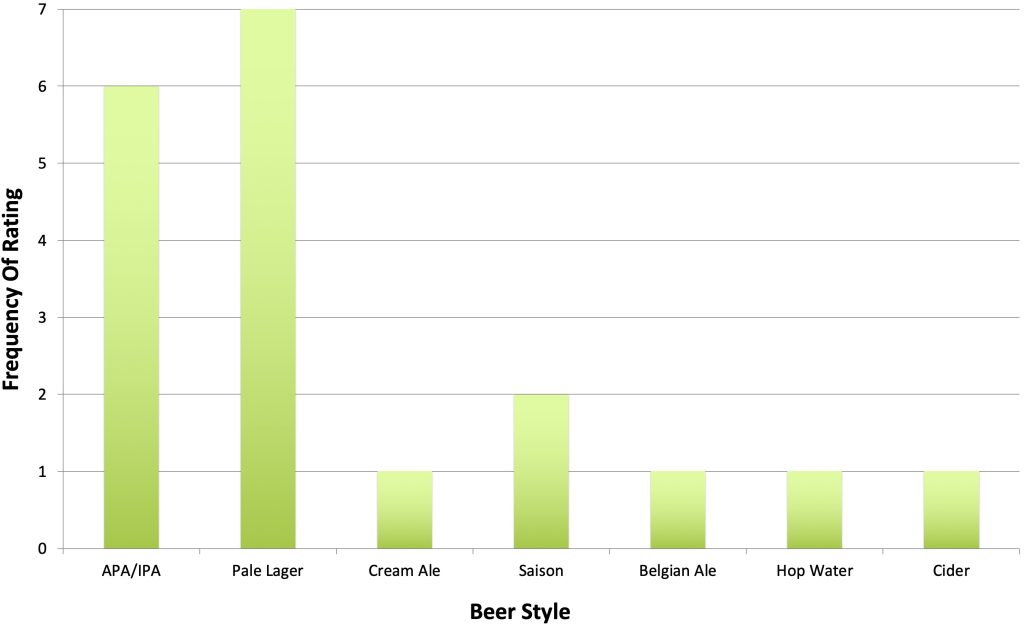
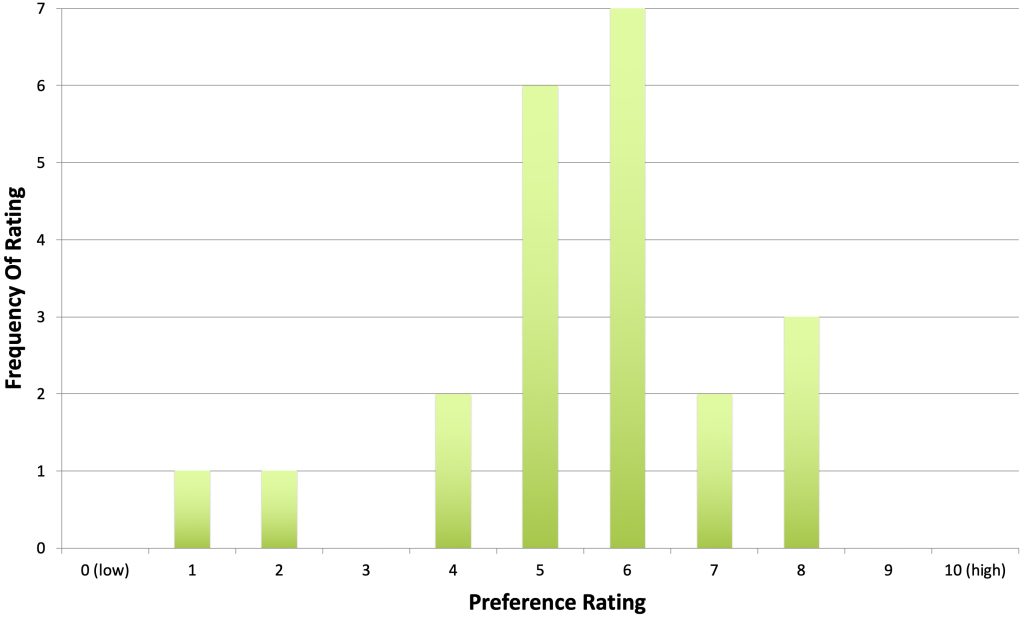











1 thought on “The Hop Chronicles | CTZ (2022) Pale Lager”
Lumping Columbus, Tomahawk, and Zeus together is not really fair these days. I have used Columbus and Tomahawk a lot, and I find Columbus more fruity and pungent.